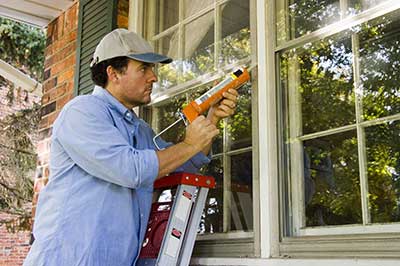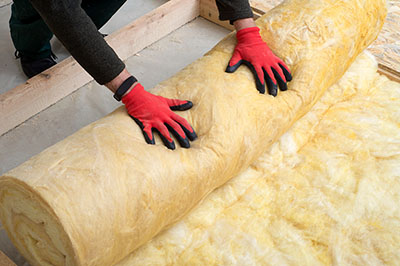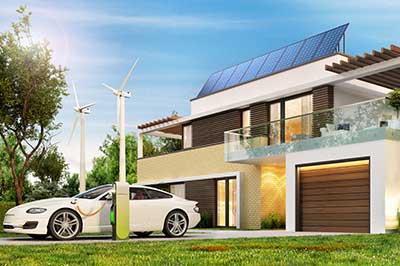Click below to listen to our Consumerpedia podcast episode on saving energy at home.
Our homes rely more than ever on energy for heating, cooling, lighting, hot water, and to power all our gadgets. The good news: Product innovations, improved construction techniques, and better habits have reduced average residential energy consumption so much that, overall, it’s remained flat for the last 25 years, even while our population and number of homes have grown, according to the U.S. Energy Information Administration.
Despite significant efficiency gains, most of our abodes still unnecessarily waste lots of energy, contributing to pollution and climate change while sucking away our money.
Here’s what you can do around your home to help save energy, from cheap-yet-effective steps to upgrades that require some upfront spending, but quickly pay for themselves from lower utility bills. We also detail systems and renovations that minimize what you pull off the grid, but come at steep prices. Also in this report: ideas on improvements that will reduce your home’s energy usage but which, from a cost-benefit viewpoint, make less sense than other options (although many homeowners wish to reduce their energy usage regardless of needed financial investment).
Heating is by far the biggest energy eater for most area homes, typically accounting for about 60 percent of utility expenses, so much of our advice focuses on reducing climate-control costs.
You don’t have to throw down tens of thousands of dollars for a solar energy system, a geothermal heat pump, or a complete green-oriented remodel to sharply reduce your home’s energy usage. Often, the combined effects of making inexpensive improvements, adopting better habits, and buying better products can do the trick.
Much of our advice draws on info from previously published articles—evaluations and ratings of heating and air-conditioning contractors, window suppliers, insulation installers, energy auditors, appliance stores, and more.






